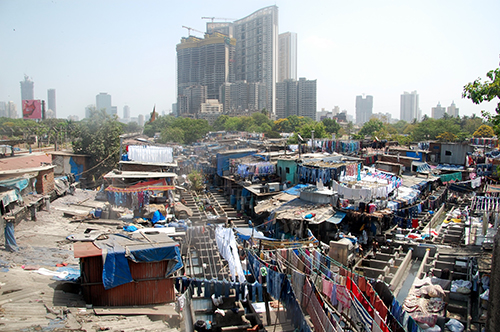By J. Thomas Ranken
President & CEO
CleanTech Alliance
Read the full article on the Xconomy website.
After months of negotiating, 196 individual countries at the United Nations Conference on Climate Change in Paris pledged to combat climate change and limit temperature rise to 2 degrees Celsius. This commitment to curb carbon emissions is unprecedented, especially when you consider the stakes.
The agreement effectively creates a collective carbon ceiling. If the globe emits more carbon than the ceiling allows, we will blow past the 2-degree target (if we haven’t already). The question is, how do you divvy up the allotted carbon emissions between developed and developing nations—especially when energy inequity still looms so large.
There are currently 1.3 billion people around the world with no access to electricity. More than 300 million of them are in India, which I recently visited with a delegation of cleantech executives and investors from the Trade Development Alliance of Greater Seattle and Element 8. The country is feverishly working to shrink that number; their solution lies in a combination of clean and dirty energy sources. India set an ambitious goal of generating 40 percent of its electricity from renewable resources by 2030 and has committed $100 billion toward clean energy investments over the next five years. At the same time, it also increased its coal production targets to 1.5 billion metric tons by 2020—more than double current production.
India’s growing coal production targets are a challenge. But, every challenge seeds an opportunity.
 |
| Contrast of living condition in the Dhobi Ghat district of Mumbai |
These challenges provide an opportunity for Washington State’s cleantech sector to develop new technologies and deploy new demonstration projects to make the most of India’s $100 billion clean energy investment (along with the billions of dollars being offered by nonprofit organizations and other nations). Technology developed in our state, including energy storage, smart grid systems and distributed networks, may well play important roles in meeting these challenges in India and around the world.
A very large and very difficult question lingers: Can we work together to develop and test distributed generation, micro-grids, and other clean energy sources to deliver power to those without electricity while reducing India’s need for more coal production?
The short answer is yes. Washington State has multiple established and emerging companies partnering with research institutions to develop clean energy and grid modernization demonstration projects that will someday be replicated across the globe. We have innovative entrepreneurs developing new business models and financing mechanisms. We have multiple levels of government, foundations, and philanthropic organizations committing billions of dollars toward a solution.
Our state has created a solid foundation for cleantech industry growth to make these opportunities possible. The two Clean Energy Fund allocations passed by lawmakers since 2013 will invest more than $76 million in clean energy research, development, and infrastructure development. Clean energy research and development tax credits are also being actively debated in Olympia.
India is the world’s third largest carbon emitter with one of the fastest growing economies. It’s committed to reducing carbon emissions as a percentage of its GDP growth. Alone, the country cannot get there. Together, we can.
There is a definite opportunity for increasing Washington State’s global cleantech exports, but we must work together to build an ecosystem that ensures our state stays at the forefront of the global clean technology sector.